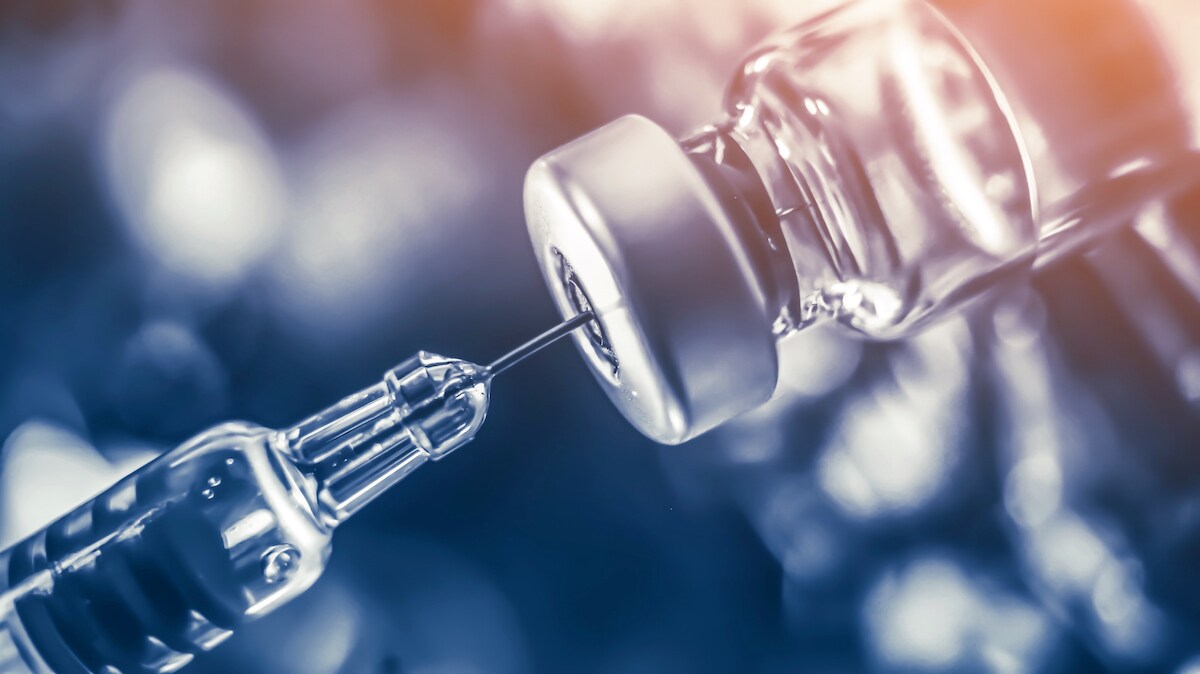 When outbreaks fade into history, vaccines are almost always the reason. Smallpox has vanished from this world and poliomyelitis has nearly done the same, thanks to widely available vaccines, and childhood immunization programs keep measles, mumps and diphtheria from inflicting far greater tragedy than they might otherwise. SARS-CoV-2 is a new and deadly virus, making the search for a vaccine gravely urgent. Many research teams are investigating leads from several different directions that could potentially yield a viable vaccine.
When outbreaks fade into history, vaccines are almost always the reason. Smallpox has vanished from this world and poliomyelitis has nearly done the same, thanks to widely available vaccines, and childhood immunization programs keep measles, mumps and diphtheria from inflicting far greater tragedy than they might otherwise. SARS-CoV-2 is a new and deadly virus, making the search for a vaccine gravely urgent. Many research teams are investigating leads from several different directions that could potentially yield a viable vaccine.
Which model organism for SARS-CoV-2 vaccine research?
A key step toward a vaccine is finding viable model organisms. Mice and rats are mainstays of medical research, but the differences between them and humans sometimes limit their utility for potentially predicting human health outcomes.
To investigate the utility of mice as models for SARS-CoV-2 research, Bao et al. compared the progression of wild-type and transgenic mice after SARS-CoV-2 exposure. The transgenic mice had their angiotensin-converting enzyme 2 (ACE-2) genes replaced with the human versions. The team tracked the mice’s viral loads via qRT-PCR using Applied Biosystems PowerUp SYBR Green Master Mix, and the PCR products were verified by Sanger sequencing with an Applied Biosystems 3730 Genetic Analyzer. As expected, the mice with human ACE-2 genes developed severe SARS-CoV-2 infections with high viral loads, while wild-type mice remained healthy and had low to no viral loads. Most excitingly, the hACE-2 mice also developed antibodies against SARS-CoV-2. This research confirms that human ACE-2 is an important part of how the virus affects humans and that mice can be used to model SARS-CoV-2 infection and in particular immune responses to SARS-CoV-2, the key metric of vaccination.
Is reinfection with SARS-CoV-2 possible?
Bao et al. also approached the question of developing a potential future SARS-CoV-2 vaccine from another direction. Much speculation has fallen on the question of whether SARS-CoV-2 reinfection is possible—that is, whether being infected once confers immunity to SARS-CoV-2, whether permanent or temporary. Current signs that reinfection is possible may instead reveal inconsistent tests with an unhelpful false-negative rate being used on a subject still fighting their first infection.
To investigate this question further, Bao et al. exposed adult Chinese rhesus macaques to SARS-CoV-2 and tracked the progress of their infections for 28 days, in particular monitoring their viral loads using an Applied Biosystems Real-Time PCR system, until no virus remained 28 days later. They then exposed the macaques to SARS-CoV-2 a second time to observe whether the viral progression was similar to the first time or whether the subjects showed evidence of acquired immunity. Encouragingly, the macaques showed no evidence of reinfection, their viral loads remaining undetectable for an additional two weeks of monitoring. This finding provides critical evidence that future SARS-CoV-2 reinfection may not be possible, at least with the same strain, which means that developing a vaccine is possible.
Modified Vaccinia Ankara: A promising way forward
There are several approaches to vaccine development and vaccines can take many forms, from loose proteins to weakened versions of the original virus. One of the most intriguing approaches currently being researched is using modified Vaccinia Ankara (MVA) as a vector. MVA is a harmless poxvirus that can be engineered to express antigens from other disease-causing organisms. As a live virus, MVA elicits a greater immune response than many dead formulations, and it can be administered via skin scarification rather than injection, potentially invoking a larger immediate immune response for faster results. MVA-based vaccines are currently in development for a variety of respiratory conditions, including influenza A and respiratory syncytial virus, and it is possible that a vaccine against SARS-CoV-2 could take this form.
In a recent preprint publication, Pan et al. sought to test whether vaccination using MVA is indeed more effective via some administration methods over others; they did so by administering MVA to mice via skin scarification, subcutaneous injection and intramuscular injection. They monitored the subsequent immune response using Applied Biosystems TaqMan probes (for viral load), flow cytometry (for counting T cells) and Applied Biosystems GeneChip Mouse Gene 2.0 ST arrays (for transcriptome profiling). Their results indicate that skin scarification generates a quantitatively and qualitatively different immune response that may result in more rapid and more effective immunization than other methods. As vaccine development research for SARS-CoV-2 proceeds apace, this insight is important to help ensure the potential future SARS-CoV-2 vaccine is as effective as possible.
Learn more about our real-time PCR, Sanger sequencing and fragment analysis, and whole-transcriptome profiling solutions for advancing your vaccine research.
Explore additional SARS-CoV-2 research solutions from Thermo Fisher at thermofisher.com/coronavirus
References
- Bao, L., et al. (2020) “The pathogenicity of SARS-CoV-2 in hACE2 transgenic mice,” Preprint at bioRxiv, doi: 10.1101/2020.02.07.939389.
- Bao, L., et al. (2020) “Lack of reinfection in rhesus macaques infected with SARS-CoV-2,” Preprint at bioRxiv, doi: 10.1101/2020.03.13.990226.
- Pan, Y., et al. (2020) “Skin delivery of modified Vaccinia Ankara viral vectors generates superior T cell immunity against respiratory viral challenge,” Preprint at bioRxiv, doi: 10.1101/2020.05.06.079046.
Featured Applied Biosystems Solutions
- Clariom D Pico Assay, mouse
- Clariom S Pico Assay, mouse
- GeneChip Mouse Gene 2.0 ST Array
- GeneChip Scanner 3000 7G System
- MagMAX Viral and Pathogen Nucleic Acid Isolation Kits
- TaqMan Fast Virus 1-Step Master Mix
- Custom Primers and TaqMan Probes
- QuantStudio Real-Time PCR Instruments
- Genetic Analyzers for Sanger Sequencing and Fragment Analysis
For research use only. Not for use in diagnostic procedures.
Leave a Reply